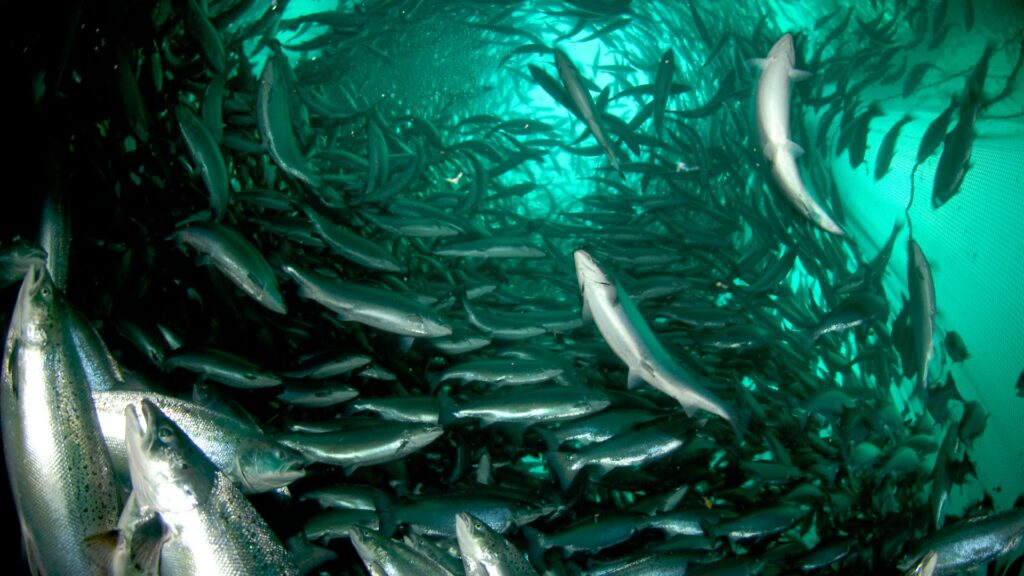Global Salmon Initiative, WWF Launch ESG Tool for Feed Ingredients
2 min read
With this tool, farming companies will be able to engage with feed suppliers to assess the risks associated with the feed supply chain, such as biodiversity loss, climate change, resource use, environmental footprint, human rights, and others. With better supply chain transparency, companies may better align feed sourcing strategies with their respective values and ESG targets.
According to the WWF, feed ingredient sourcing is a top sustainability challenge for salmon farming and food production at large. Even companies aiming to prioritize sustainable, ethical food production remain largely uninformed of supply chain vulnerabilities and risks. After three years of consultation amongst Global Salmon Initiative (GSI), WWF, and major industry feed companies, a common methodology for risk assessment is now available.
“Sourcing feed ingredients from diverse supply chains makes it challenging to identify and mitigate all the current and potential ESG risks of our global operations,” said Jorge Diaz Salinas, sustainability manager at Skretting, a major fish feed producer. “We support the implementation of the ESG tool because it will help us better identify what we know and what we don’t know about the impacts of certain ingredients, and in addressing these concerns, we will increase the transparency in our sourcing and ultimately improve our performance.”
New ESG Tool Expects Adoption by Feed Standard Certification
With the release of the new ESG risk tool, The Aquaculture Stewardship Council intends to adopt it as a due diligence mechanism in its ASC Feed Standard certification process.
According to ASC, feed can account for up to 90% of the environmental impacts of fed aquaculture production, which are largely caused during the production and harvesting of raw materials used for feed. Feed also contains up to 50 ingredients, so although many feed producers have worked to address potential risks, the complex nature of these long and complex supply chains requires improved visibility.
With the release of the ESG tool, WWF, GSI, and Grieg Seafood also delivered a business case, called Feed of the Future: Transparent and Traceable. This paper provides a detailed outline of how the tool was created and how it works to address the inherent challenges of feed production.
According to the organizations, the ESG risk tool will continue to be updated as companies increasingly start to use it, and additional annual amendments will be made to ensure the tool continues to fulfill its purpose.





